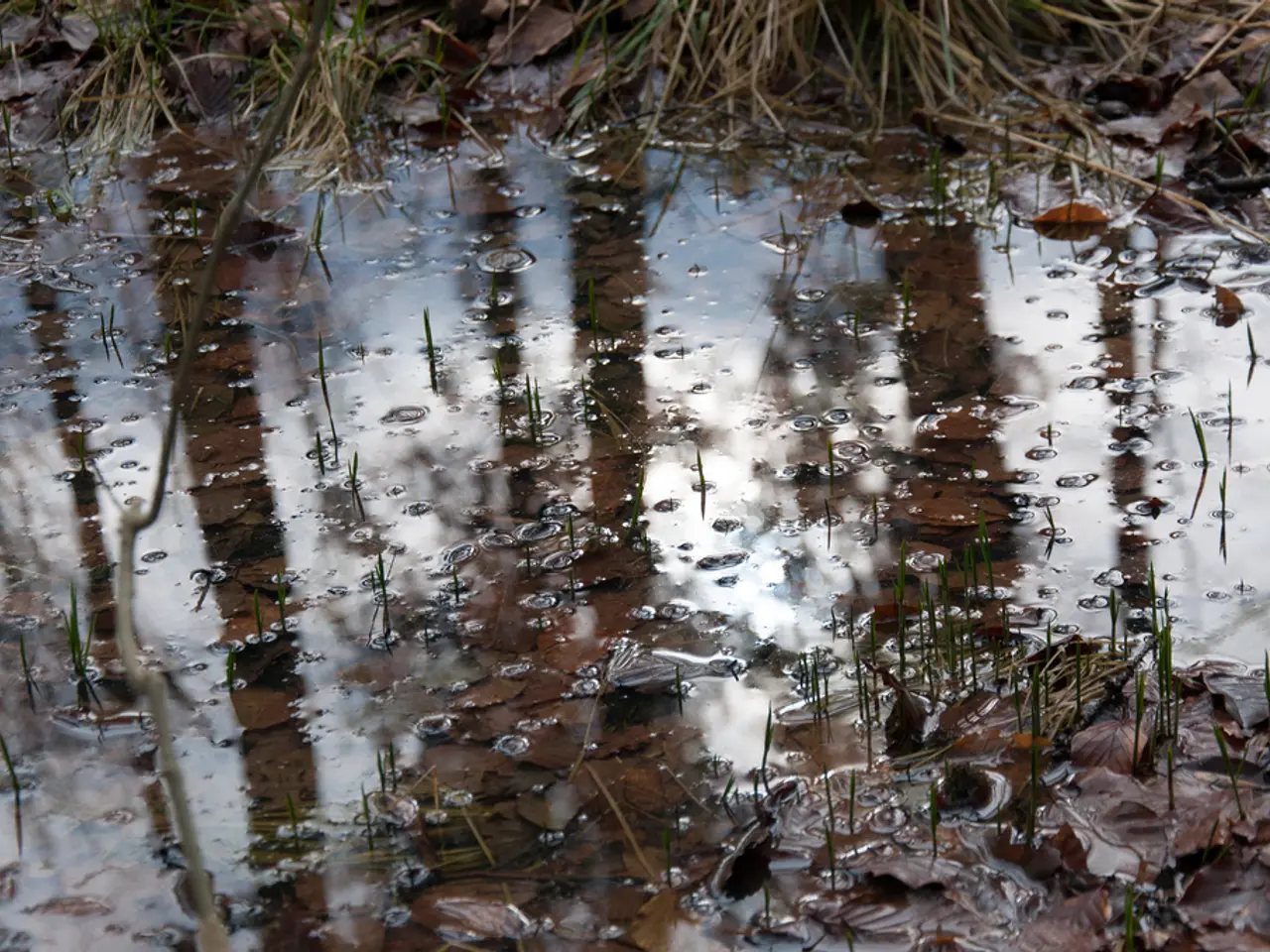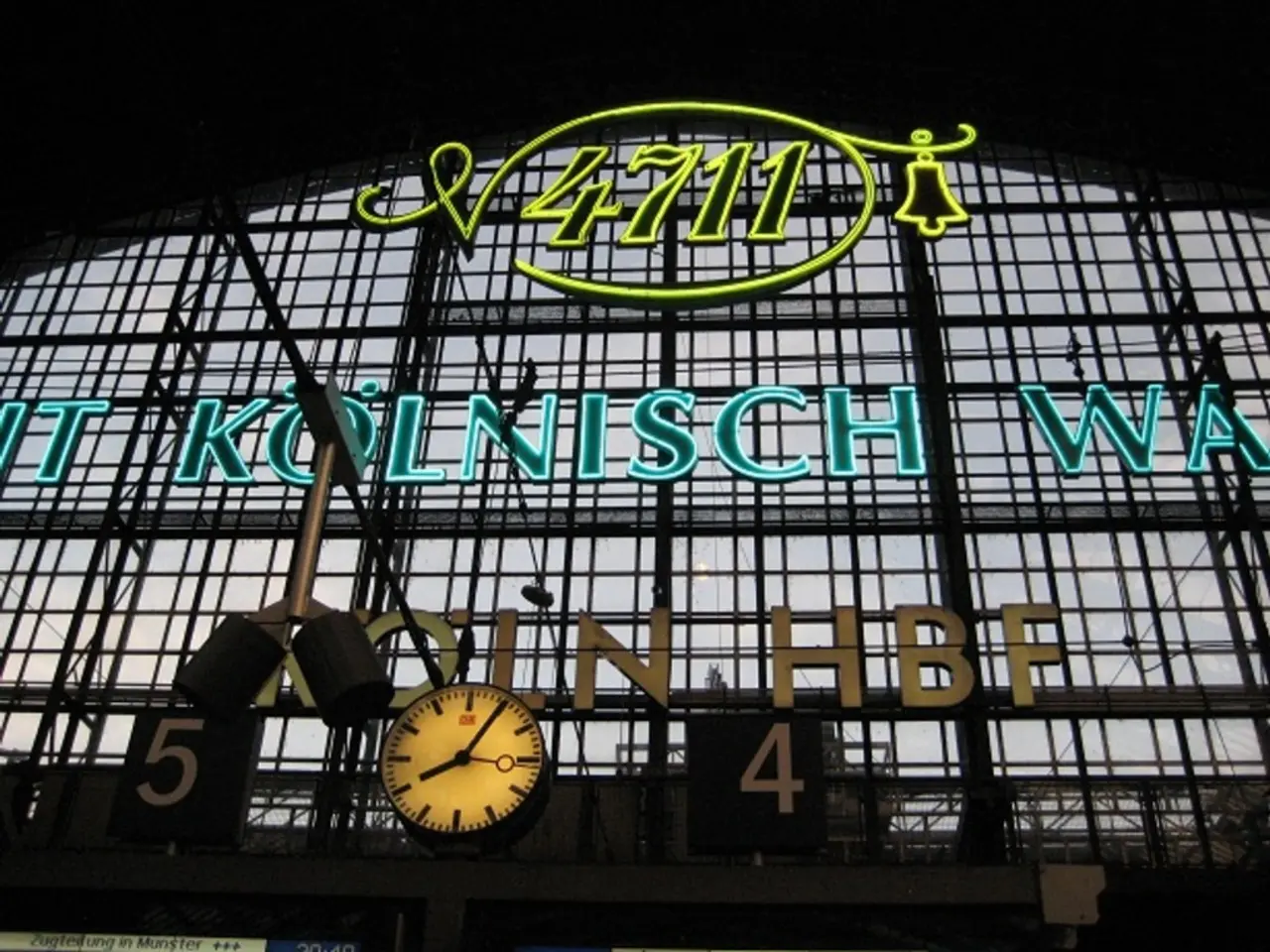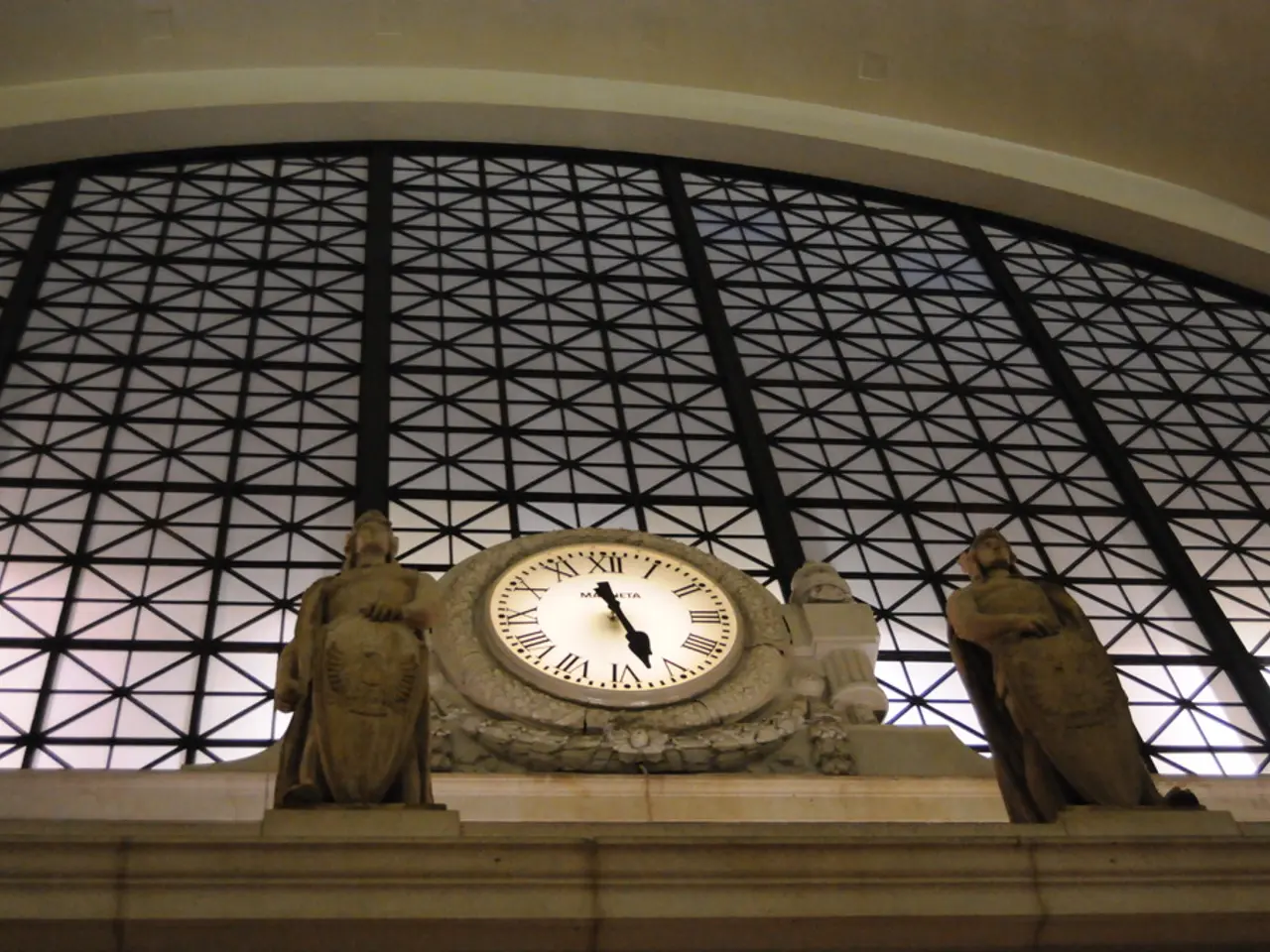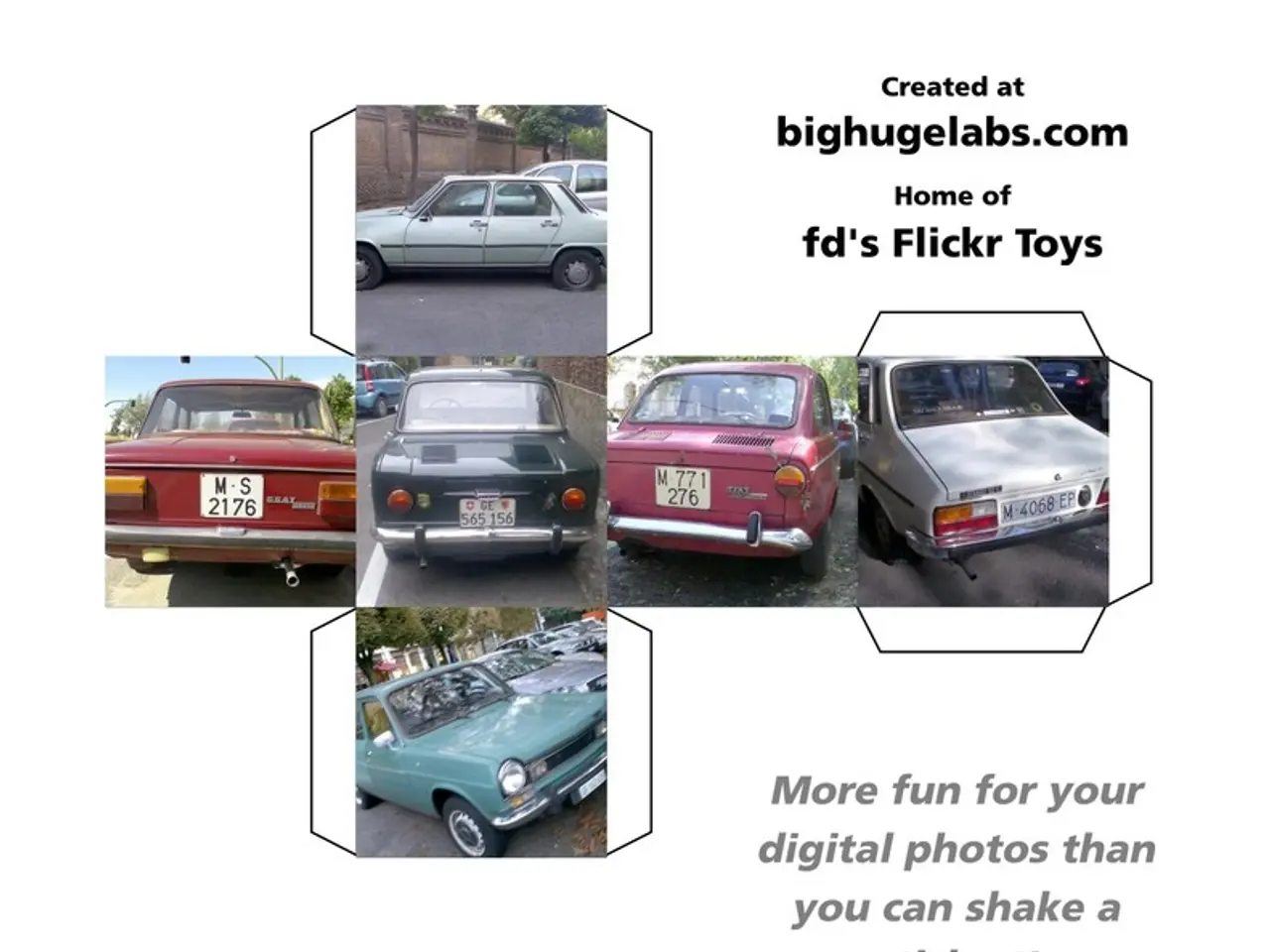Practical Techniques for Conserving Water in Your Houseplants, ensuring Peace of Mind about Your Indoor Greenery while on Vacation
In the world of houseplant care, ensuring consistent moisture without overwatering is essential, especially when you're away on vacation. Here, we delve into various slow watering techniques and a DIY plastic bag greenhouse solution to help keep your green friends thriving.
Slow Watering Techniques for Houseplants
Experts recommend several slow watering techniques to maintain the right balance of moisture for your plants while you're away. These methods cater to different plant moisture requirements and pot types.
The Bottle Drip Method
This method involves using a plastic bottle filled with water, with small holes poked in the lid, and inserting it upside down into the soil. Keeping the bottle intact prevents water from draining too quickly, providing steady hydration for many plants if the soil is pre-moistened.
Terracotta Spikes with Bottle
Insert terracotta watering spikes into the soil and attach a water-filled bottle to them. This setup slowly and steadily releases water, ideal for plants with higher water needs like Monstera or Bird of Paradise.
String Method
Run a cotton string from a water reservoir (a jar or saucer filled with water) into the plant’s soil. The soil wicks water through the string as it dries, maintaining consistent moisture for plants that prefer steady dampness, such as Calathea and Prayer Plants.
Bath or Sink Soaking
Place plants in a bathtub or sink filled with a few centimeters of water so the soil can absorb moisture through drainage holes. This method can hydrate moisture-loving plants for up to three weeks but requires suitable plant types and containers.
DIY Plastic Bag Greenhouse
For a more unconventional solution, you can create a makeshift greenhouse using a clear plastic bag. To do this, use a bag big enough to cover the plant and its pot, add stakes to the pot, water the plant normally, place the plant into the bag, pull the bag up and around the plant, and seal the bag after blowing a bit of air into it. This method facilitates delayed water intake for plants.
Self-Watering Planters: A Green Thumb Essential
Self-watering planters are an excellent investment for houseplant enthusiasts. They help maintain consistent moisture levels and alleviate concerns about slow watering. Some popular self-watering planters include The Flora Self-Waterers by Hübsch Interior, the Sip Plant Pot, and Pepin's Terracotta Ollas.
In conclusion, whether you opt for a DIY plastic bag greenhouse or invest in self-watering planters, adopting slow watering techniques can help keep your houseplants happy and healthy while you're away. Pre-testing methods on specific plants is advisable to avoid overwatering or under-watering. Happy planting!
Angalena Malavenda, a plant expert and a member of the marketing and operations team for the Palmstreet app, emphasises the importance of these techniques in maintaining houseplant care during vacations.
- To cater to diverse plant moisture needs and pot types, consider employing slow watering techniques such as the bottle drip method, terracotta spikes with bottle, string method, or bath or sink soaking, when you're away on vacation.
- The bottle drip method involves using a plastic bottle filled with water, with small holes poked in the lid, and inserting it upside down into the soil to provide steady hydration for many plants if the soil is pre-moistened.
- The terracotta spikes with bottle setup offers a solution for plants with higher water needs, like Monstera or Bird of Paradise, by slowly and steadily releasing water.
- The string method is ideal for plants that prefer steady dampness, such as Calathea and Prayer Plants, as it wicks water through a cotton string from a water reservoir into the plant’s soil.
- For moisture-loving plants, bath or sink soaking can hydrate them for up to three weeks, but it requires suitable plant types and containers.
- To create a makeshift greenhouse, use a clear plastic bag, add stakes to the pot, and seal the bag after blowing a bit of air into it, facilitating delayed water intake for plants.




